
America’s economic ties with India are under severe pressure. On August 27, 2025, President Trump’s decision to impose an enormous 50% tariff on Indian goods changed the game, destroying the significant cost advantage Indian exports once held over China in the U.S. market.
These new tariffs now impact more than half of India’s $87 billion exports to America. “This decision penalizes New Delhi for acquiring Russian oil, a move India has labeled as ‘unfair’ and ‘unjustifiable,'” the BBC noted.
Months of Tension Boil Over

This hefty tariff hike is the climax of months of rising tensions. In April, Trump announced new “reciprocal tariffs” for countries the U.S. believes have unfair trade balances.
India was first hit with a 26% tariff, which was delayed and finally set at 25% on August 7. Remarkably, just three weeks later, Trump threw another 25% penalty.
By comparison, Vietnam’s tariffs were slashed to 20%, and Bangladesh’s rate dropped from 35% to 20%.
India, which had been expecting better treatment, became Trump’s highest-tariff trading partner and is now being squeezed harder than any other major supplier to the U.S.
India’s Manufacturing Dream at Risk
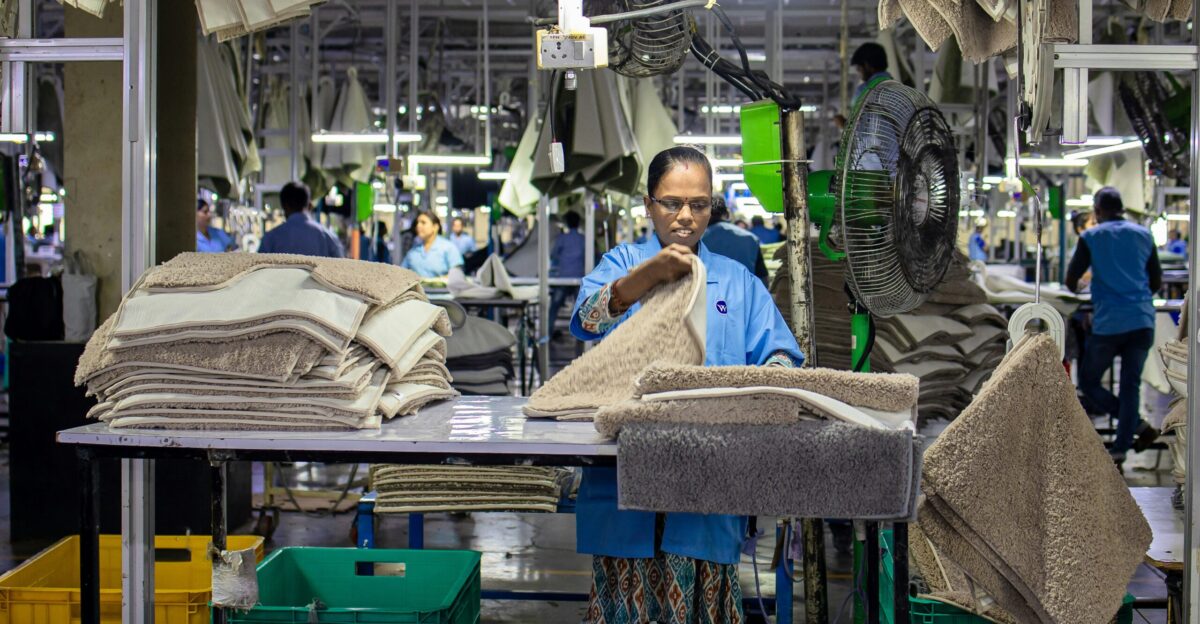
India’s dream of becoming the world’s next big factory faces a critical test. Last year, the math was simple: India’s tariffs were 60–70 percentage points lower than China’s, making it the logical “China Plus One” option for global companies.
India faces a 50% tariff, while China’s is only 30%. As Eurofinance reports, “The new 50% rate eliminates most of this advantage … potentially reversing years of manufacturing migration away from Chinese facilities.”
Export Industries Hit the Hardest

Nowhere is the pain greater than in India’s most significant labor-intensive export sectors. Textiles, jewelry, seafood, chemicals, and leather have been rigid.
India’s Global Trade Research Initiative warns that exports to the U.S. could plunge 40%, meaning a loss of about $36 billion and threatening hundreds of thousands of jobs. Textile producers expect exports to fall by as much as 70%. The $30 billion gem and jewelry industry is also reeling, as sudden import costs change how American customers spend their money.
One trade expert told Al Jazeera, “Nearly all of India’s $86.5 billion in annual goods exports to the US could become economically unviable if these tariffs remain in place.”
India’s Lost Price Edge

Before these tariffs, Indian goods had a significant edge—the price difference vs. China was huge. But with these new rates, that edge is, in the words of Express Trade Capital, “effectively gone.”
U.S. companies that used to benefit most from India’s low prices are now seeing big cost spikes.
Tech giants like Samsung and Apple, who spent years and millions shifting production to India, are now feeling the pressure as their savings evaporate and the advantage of the local output disappears.
Southeast Asia Seizes the Moment
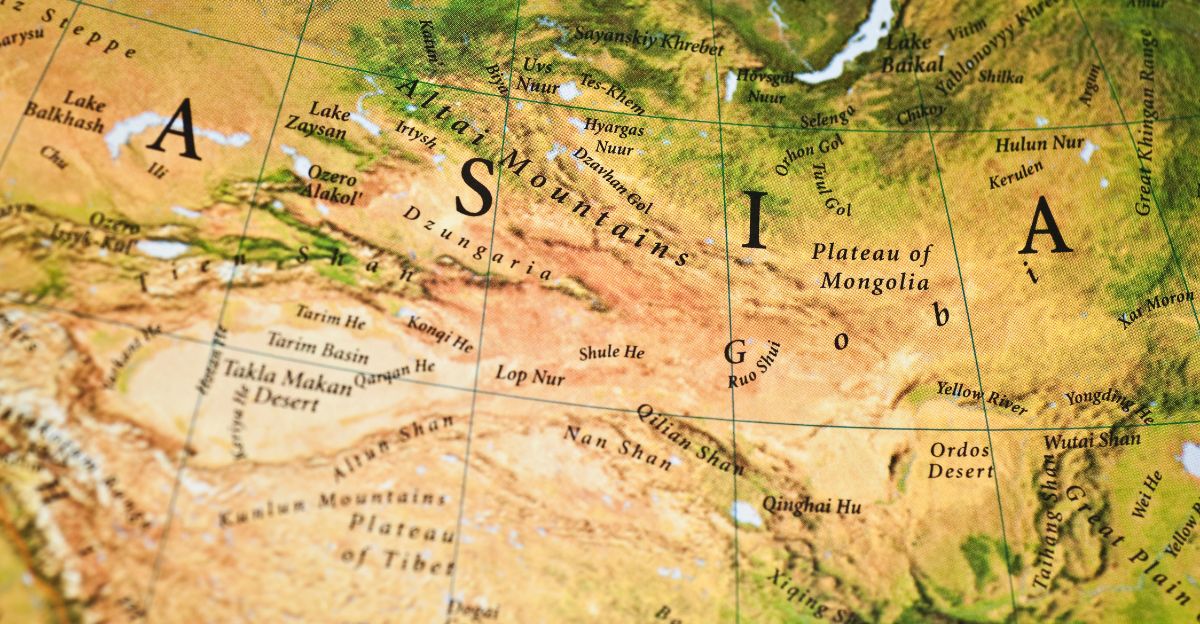
While India is hurting, its regional competitors are thriving. Trump’s new deals mean Vietnam, Thailand, Bangladesh, and Malaysia all pay much less to sell their products in America.
For example, Vietnam’s tariffs for electronics and textiles are now just 20%, compared to 50% in India. This is causing companies to rush to these cheaper places, speeding up a global supply chain shift from China and India to Southeast Asia.
“This geographic rebalancing accelerates existing ‘China Plus One’ trends but redirects them away from India,” ING Research explained.
Supply Chains on the Move

Big international corporations are urgently reviewing their supply chains. For Samsung and Apple, cost advantages have disappeared overnight.
Some companies are considering moving again, this time to Vietnam, Thailand, or even Mexico. “The shock is forcing a new round of production migration that took years to build,” commented a PL Capital strategist.
Whereas “Made in India” once seemed inevitable, managers must revisit every supply chain bet since 2020.
Economic Toll Widens
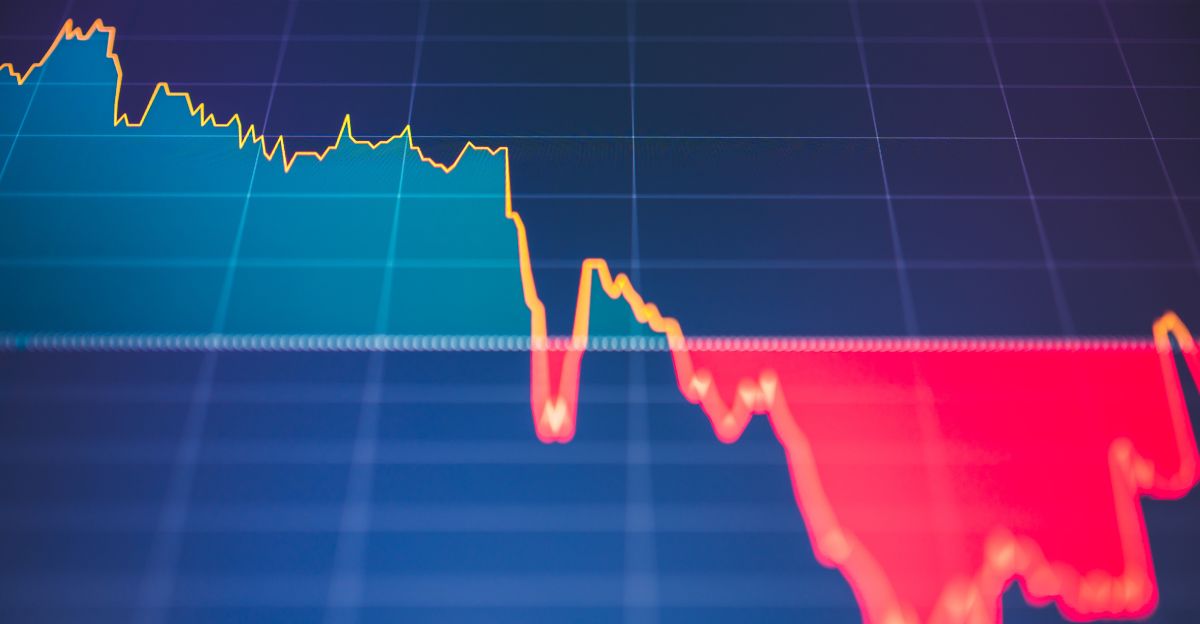
PL Capital’s economists estimate that the tariffs could shave half a percentage point off India’s GDP growth. The damage isn’t just lost export sales: it reduces foreign investment, weakens the rupee, and makes India less attractive in global value chains.
Domestic buying can soften the blow, but regions that rely on exports face serious threats to jobs and government revenues.
“A 25% tariff could result in a GDP reduction of 0.2–0.4%, jeopardizing the possibility of growth falling below 6% this year,” predicted a report by Japanese brokerage Nomura.
Rising Costs for U.S. Importers

These tariffs are a direct hit for American buyers of Indian goods. Already struggling with other trade disruptions, small businesses now face 50% higher costs on key imports.
Yale’s Budget Lab found that shoe and clothing prices could jump by up to 39% and 37% respectively. The American Progress Foundation observed, “Typical small businesses already faced over $90,000 in tariff costs from April to July 2025 alone, before the India penalty took effect.”
These increased costs hit lower-income families hardest, since they spend more on such goods.
China Plus One Unravels

The most remarkable twist in this saga is how completely it reverses the famous “China Plus One” strategy that drove so much manufacturing to India.
Companies had moved, built new factories, retrained workers, and rebuilt relationships to escape high tariffs on Chinese goods. Now, the latest U.S. tariffs have wiped out those bets, making companies “recalculate everything” about their Asian supply chains.
Eurofinance notes: “The 50% tariff rate eliminates India’s manufacturing cost advantages.”
Modi Bets on Self-Reliance
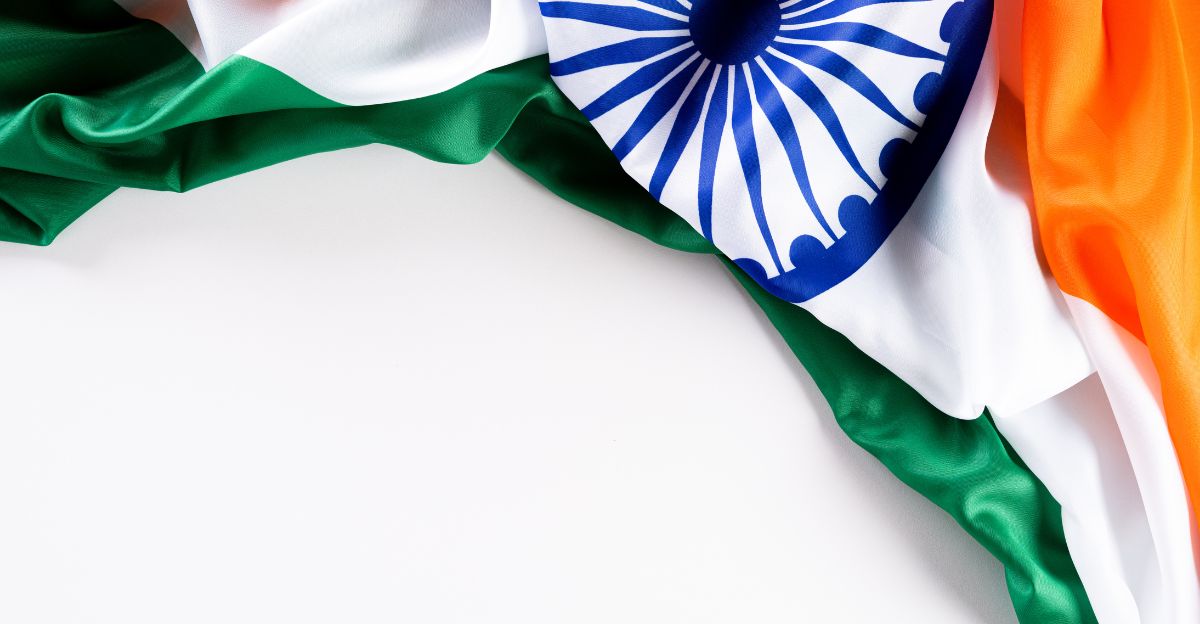
Prime Minister Modi has responded to this crisis with calls for more economic nationalism, pushing Indian companies to make and buy more at home. “We should become self-reliant—not out of desperation, but out of pride. Economic selfishness is rising globally, and we mustn’t sit and cry about our difficulties,” Modi told a crowd at Delhi’s Red Fort.
The government unveiled plans for tax cuts and simpler taxes as an economic buffer, offering about $32 billion in relief for businesses and individuals. “For us, the interest of our farmers is our top priority,” Modi emphasized.
How Indian Industry Is Responding

The Commerce Ministry is speeding up a central Export Promotion Mission focused on helping sectors like textiles and chemicals adapt.
Small and mid-sized exporters warn of a “liquidity crunch,” with some considering moving manufacturing to Vietnam or Mexico, where tariffs are lower.
Others consider using “third-country processing” to avoid tariffs by routing goods through other countries. “Order slowdowns and a liquidity crisis are now a reality among smaller businesses across India,” a textile exporter told Times of India.
Emergency Measures in Delhi
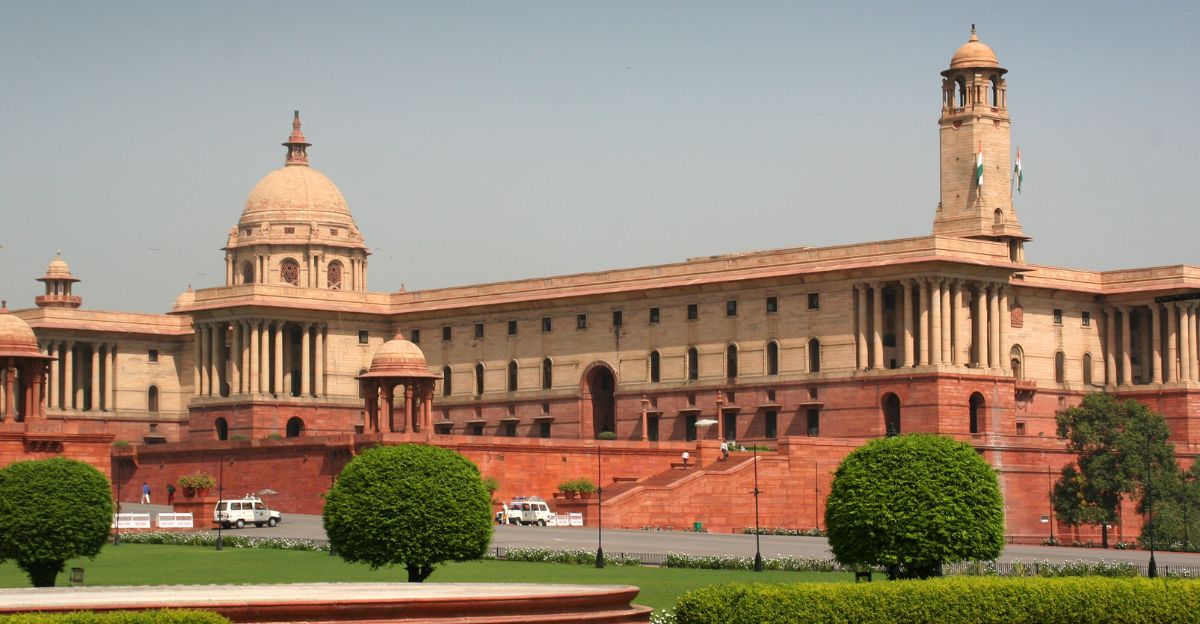
India’s response has been energetic but cautious, aiming to protect local exporters without escalating the crisis.
Finance Ministry officials say they are “taking appropriate measures to ensure our economy is not adversely affected” and point to India’s strong internal market as a buffer. The government is accelerating infrastructure spending and boosting government-backed loans for affected businesses, especially small manufacturers.
“The government has entered firefighting mode,” wrote CNN, as ministries scramble to minimize job losses and keep factories open.
U.S.-India Partnership Frays

The once-strong U.S.-India alliance is badly strained. Former U.S. National Security Advisor Jake Sullivan called the tariffs “putting the U.S. brand globally in the toilet” and warned they are pushing India closer to China.
Five high-level trade talks collapsed, mainly because of differences over agriculture, dairy, and oil. India’s continued Russian oil purchases are the top sticking point; India says it needs energy security and won’t let Washington dictate its fuel sources.
As Indian policy experts point out, “India would put its interests first, even if that means paying a heavy price.”
India Looks Inward and Eastward
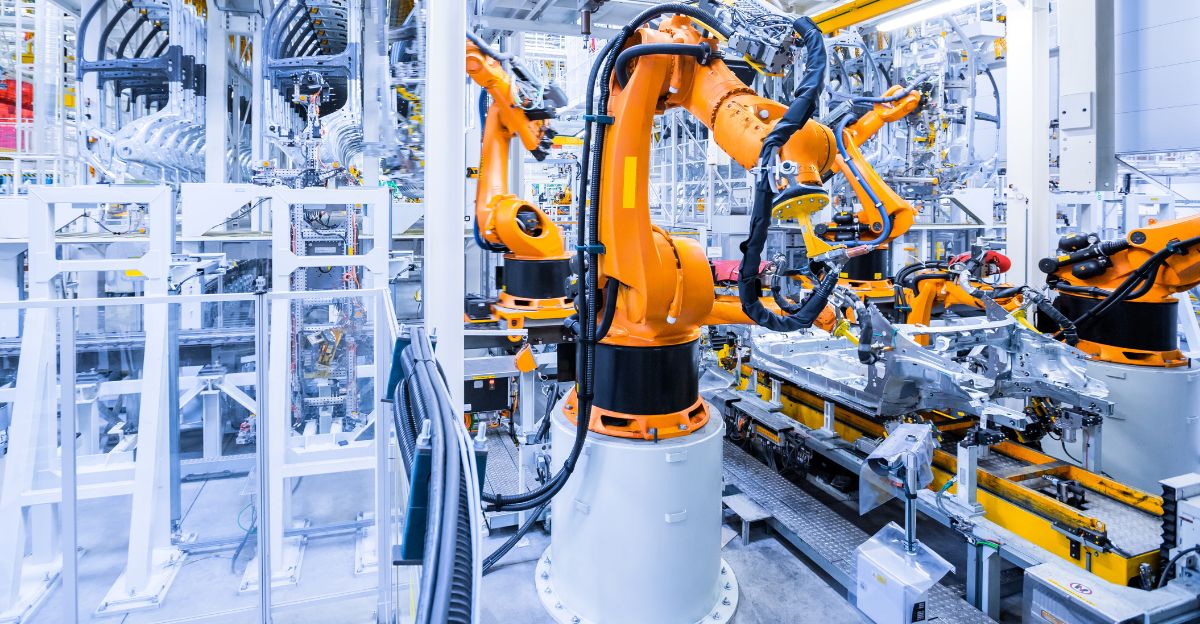
Most experts believe this shock will speed up India’s shift toward serving its domestic market as the growth focus. At the same time, India could forge deeper trade ties with other partners despite their rocky political relationship.
Many companies are automating and digitizing production to control costs and maintain exports. Not all manufacturing is at risk: pharmaceuticals and some tech supply chains are exempt, so India may maintain its global leadership in those sectors.
The big picture, though, is a slowdown in integrating India into U.S.-centered supply chains.
A New Map for Asian Supply Chains
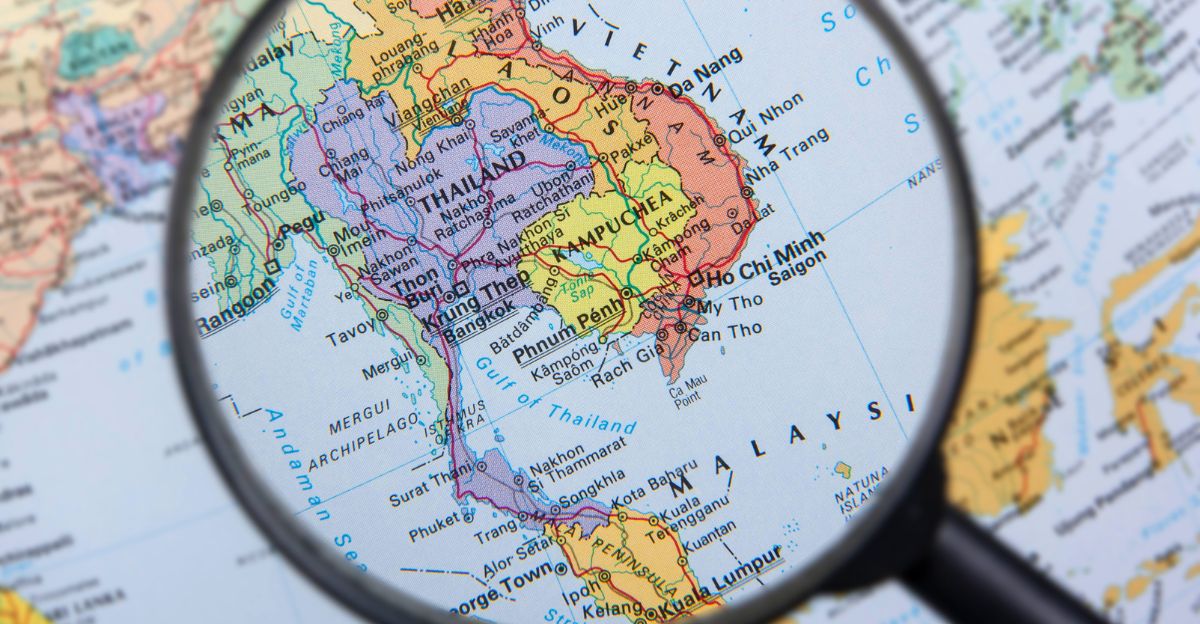
Companies that had expected India to be their main “plus one” after China are now refocusing on Vietnam, Thailand, Malaysia, and Indonesia.
These countries are benefiting as global firms shift investment and production there. A supply chain report from ISIS Malaysia noted that “India risks losing its position as the preferred ‘Plus One’ destination in global diversification strategies. “
For India, the fallout could realign Asian economic power and force a new focus on local growth and trade with other developing nations.
Social Media Echoes the Showdown

The tariff crisis quickly ignited anti-American feelings on social platforms in India. Hashtags and memes called for boycotts of U.S. brands like McDonald’s, Coca-Cola, Amazon, and Apple, urging Indians to “buy local” instead.
The Modi government’s “Swadeshi” campaign gained momentum, while business groups lobbied Washington and Delhi for targeted tariff relief.
Ordinary people, however, worried more about prices, jobs, and whether India’s manufacturing dreams would survive the new trade war.
History’s Lessons Repeat
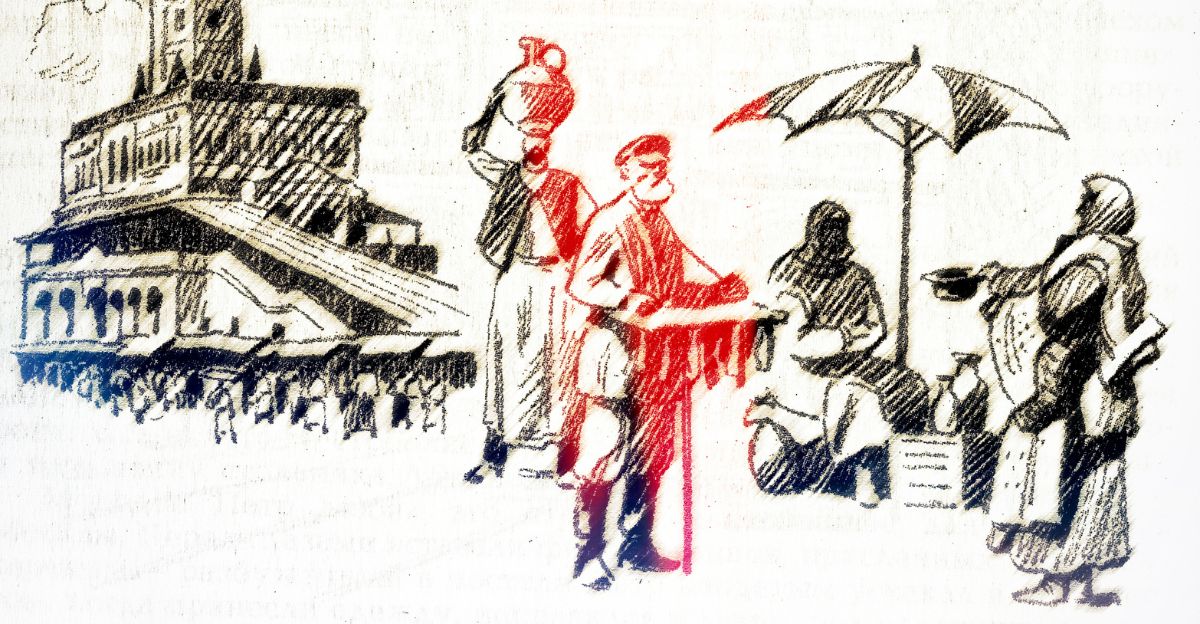
These events echo earlier trade showdowns with global consequences. The high tariffs recall the 1930 Smoot-Hawley Act, blamed for worsening the Great Depression, and America’s battles with Japan in the 1980s.
Whenever such conflicts drag on, history shows they usually end either with big new trade deals or permanent market shifts.
Few expect a quick or painless resolution; companies and workers may have to brace for a long, bumpy transition if nothing changes.
India’s Global Edge Disappears

India’s once-strong manufacturing advantage in the U.S. is gone. Once the “China Plus One” leader, it is now stuck with the same or even higher costs as China.
The reality is stark for many U.S. companies: accept much higher prices or spend years shifting production again, perhaps back to China or new destinations in Southeast Asia and Latin America.
The outcome is that India’s rise as a manufacturing power has stalled, and the future global supply chain map looks more uncertain than ever.
Looking Forward
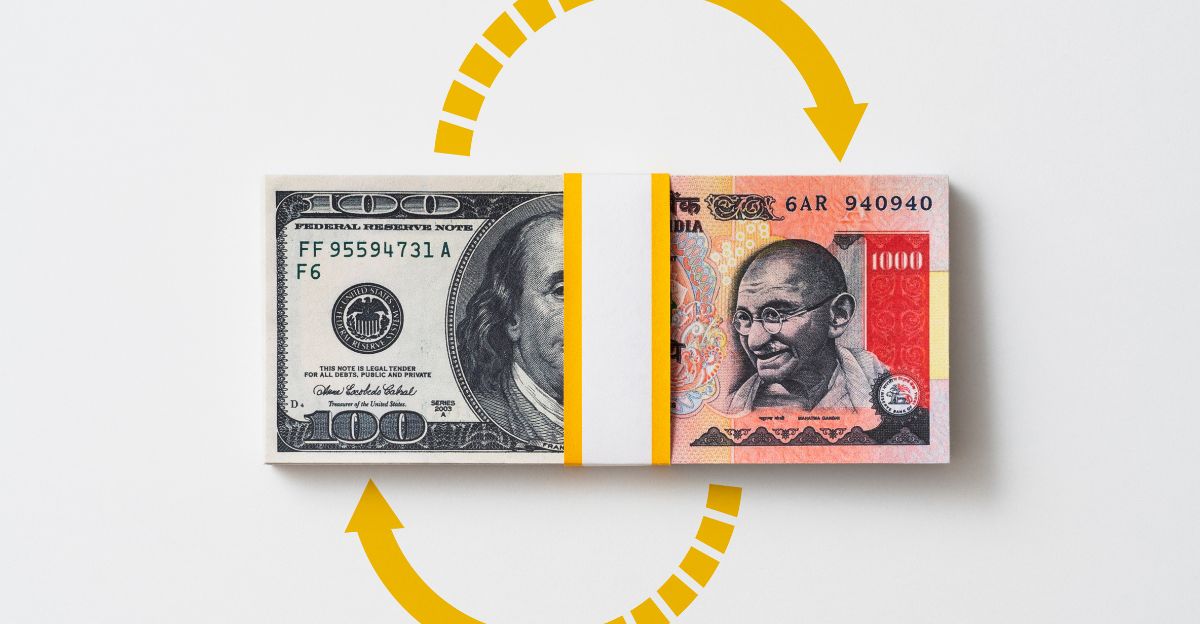
The sudden shift in U.S.-India trade relations has sent shockwaves through both economies, redrawing the global supply chain map and testing old alliances.
Businesses and workers will feel the strain until both sides return to the negotiating table.
Whether this crisis leads to deeper cooperation or lasting division will depend on how quickly leaders choose compromise over confrontation in this new era of global trade.